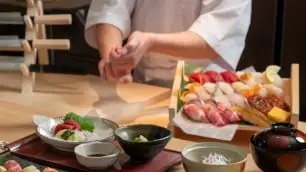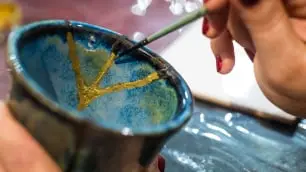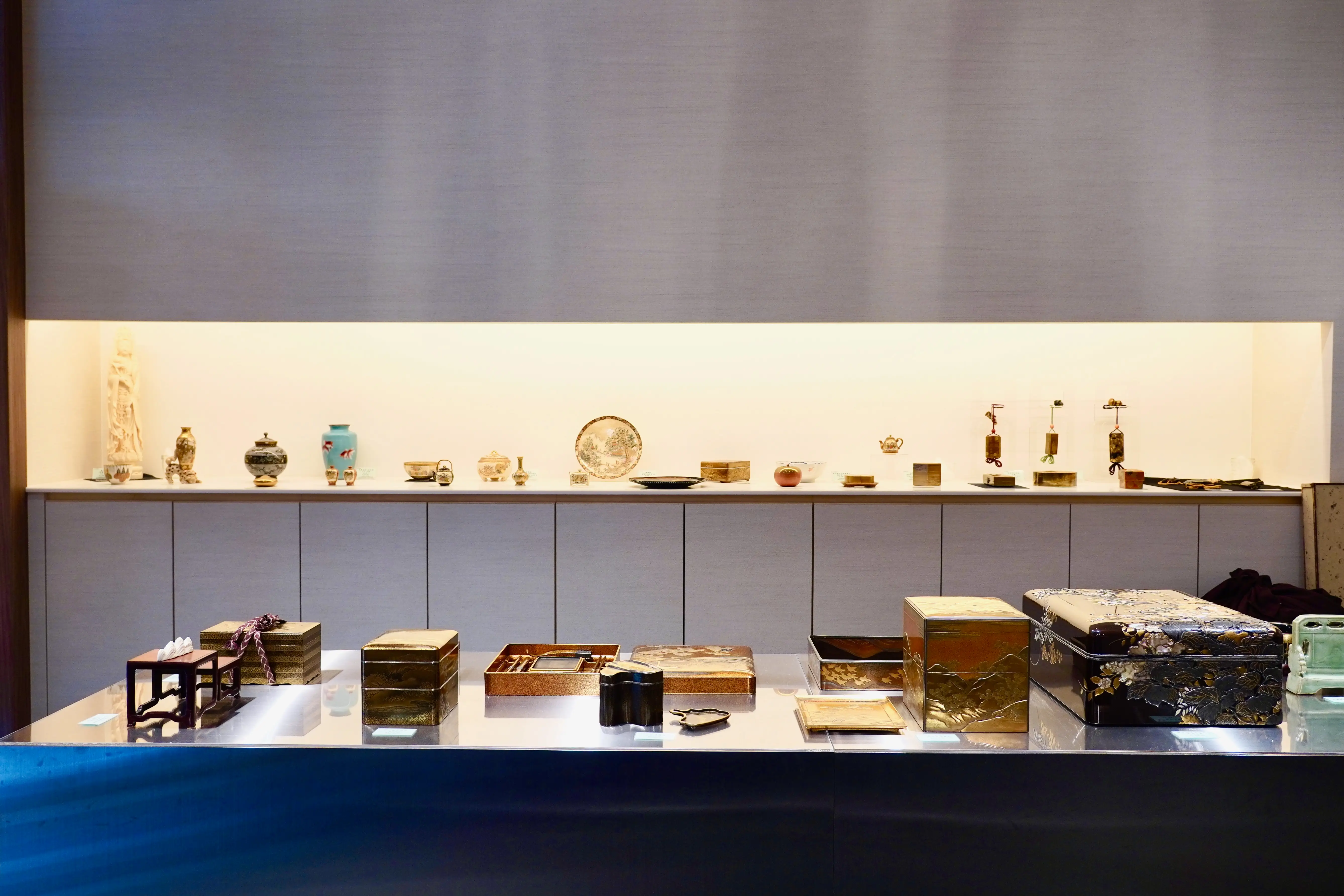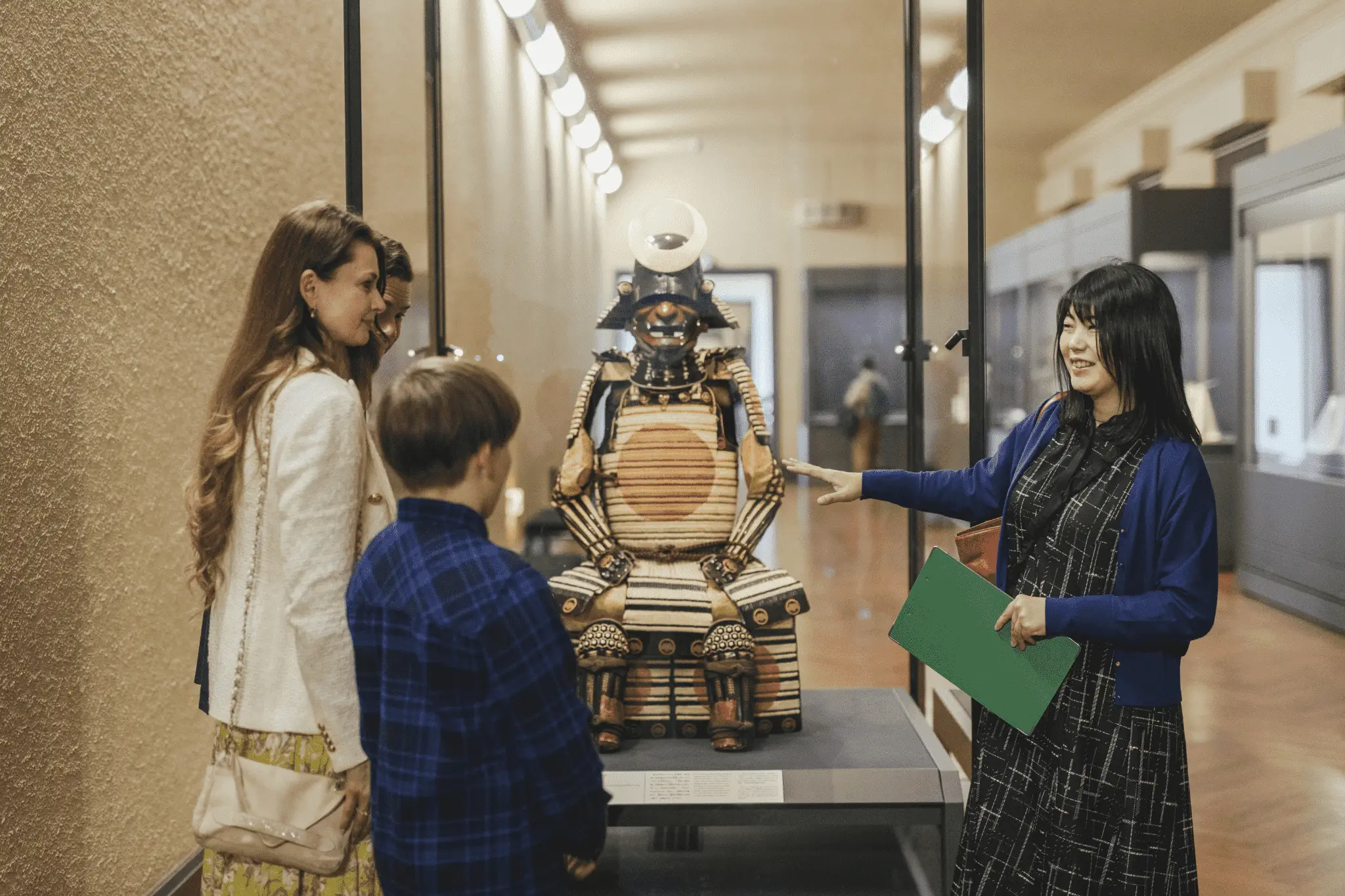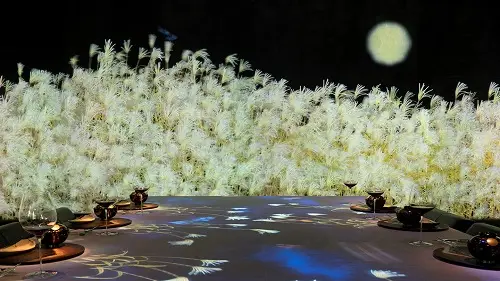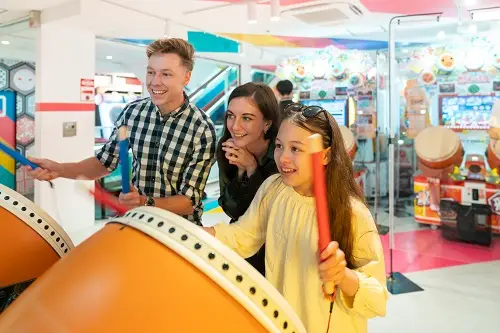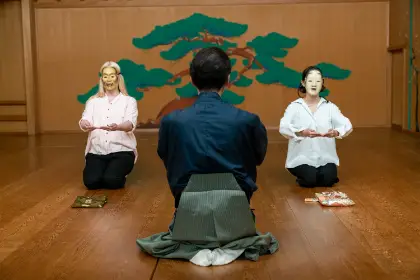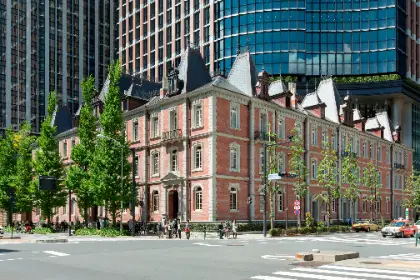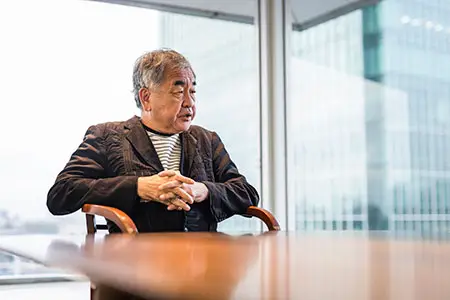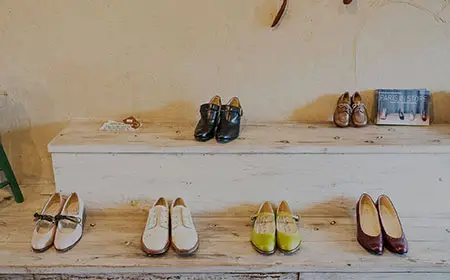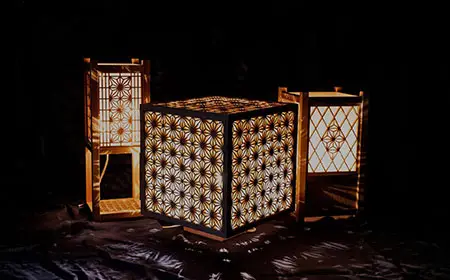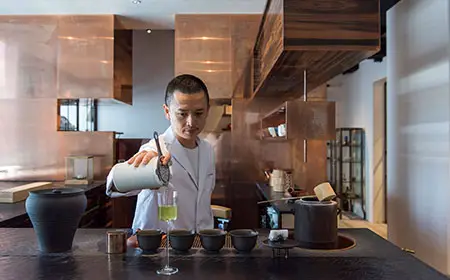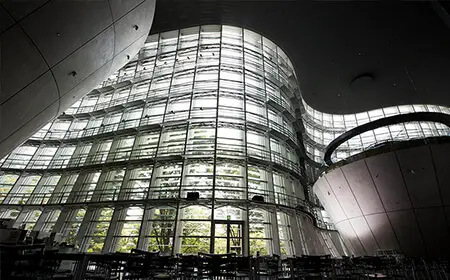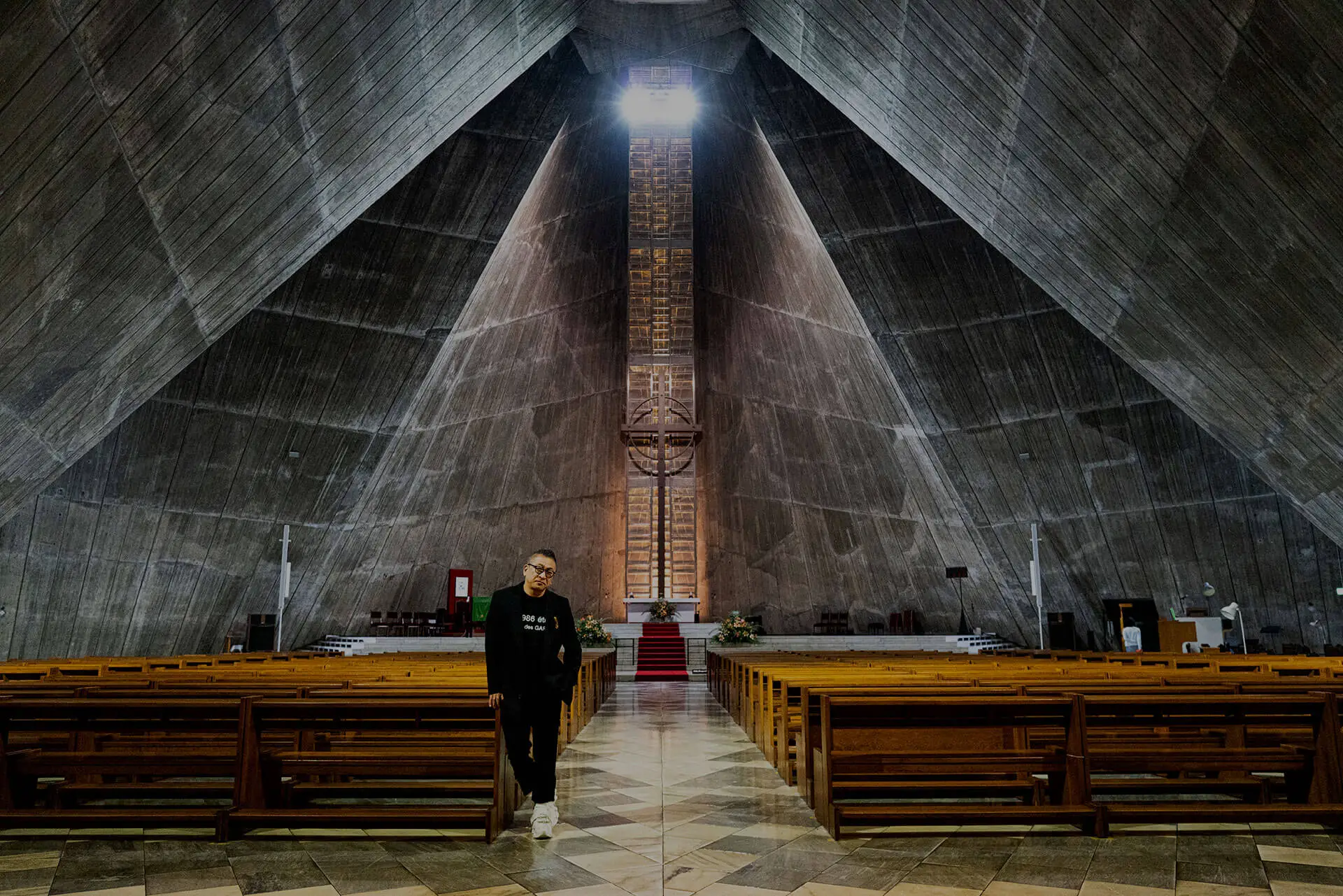
TOKYO—A UNIQUE BLEND OF EAST AND WEST
Tokyo based interior designer Masamichi Katayama of Wonderwall shares a few of his favorite must-visit spots in Tokyo.
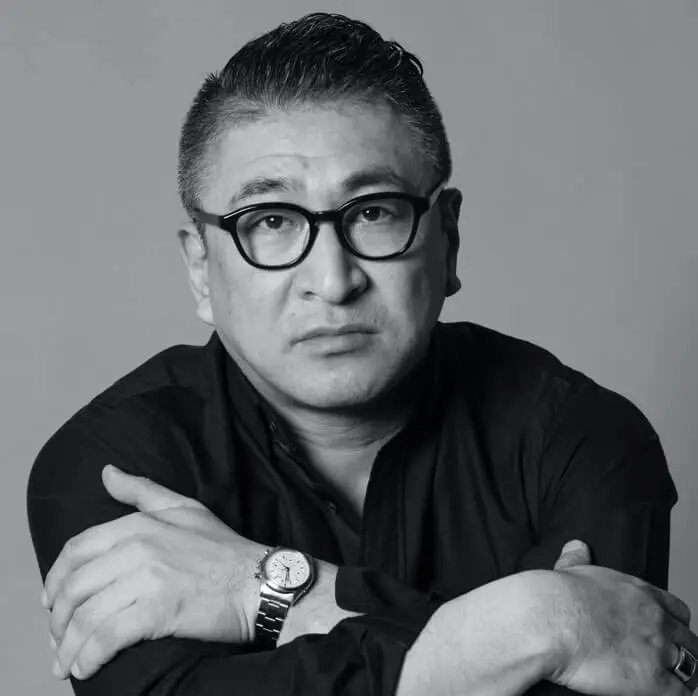 photo: Kazumi Kurigami
photo: Kazumi KurigamiMasamichi Katayama, principal and founder of Wonderwall
Few designers have changed Tokyo’s retail spaces to the extent that interior design virtuoso Masamichi Katayama, the principal and founder of Wonderwall, has. Starting with his novel and fresh interior designs for Japanese fashion brand A Bathing Ape in the late 1990s, Katayama has surprised and entertained shoppers with masterfully executed retail spaces for such global megabrands as Uniqlo, Lexus, Dean & Deluca, Pierre Hermé, and Nike. And his international clientele keep coming back for more.
Hailing from Okayama, Katayama now calls Tokyo his home. “For me, the most unique and interesting part of Tokyo is the architecture and cityscape left from the economic growth years of the sixties and seventies,” he says. “The modernist works of greats like Kenzo Tange, Kunio Maekawa, and Junzo Sakakura, which can still be found in and around the city, are testament to a time when architects had more freedom to experiment. For me they are really unique to Tokyo and in Japan as a whole.”
St. Mary’s Cathedral (Edogawabashi)

The impressive poured-concrete structure is like no other in that there appears to be no division between walls and ceiling. The eight walls of the central octagonal space curve gently as they rise to join seamlessly with the ceiling. Looking up, churchgoers see a glazed opening in the form of a cross, through which natural light softly fills the cavernous cathedral. “An invaluable masterpiece carved from the very essence of the man himself and made possible by the postwar momentum of rapid economic growth that heightened the cultural value of architecture in Japan,” Katayama offers. Visit early on a summer morning to catch the first rays of sun as they penetrate alabaster mural at the east side of the building.
ASAKURA Museum of Sculpture (Yanaka)

antiques tamiser (Ebisu)







